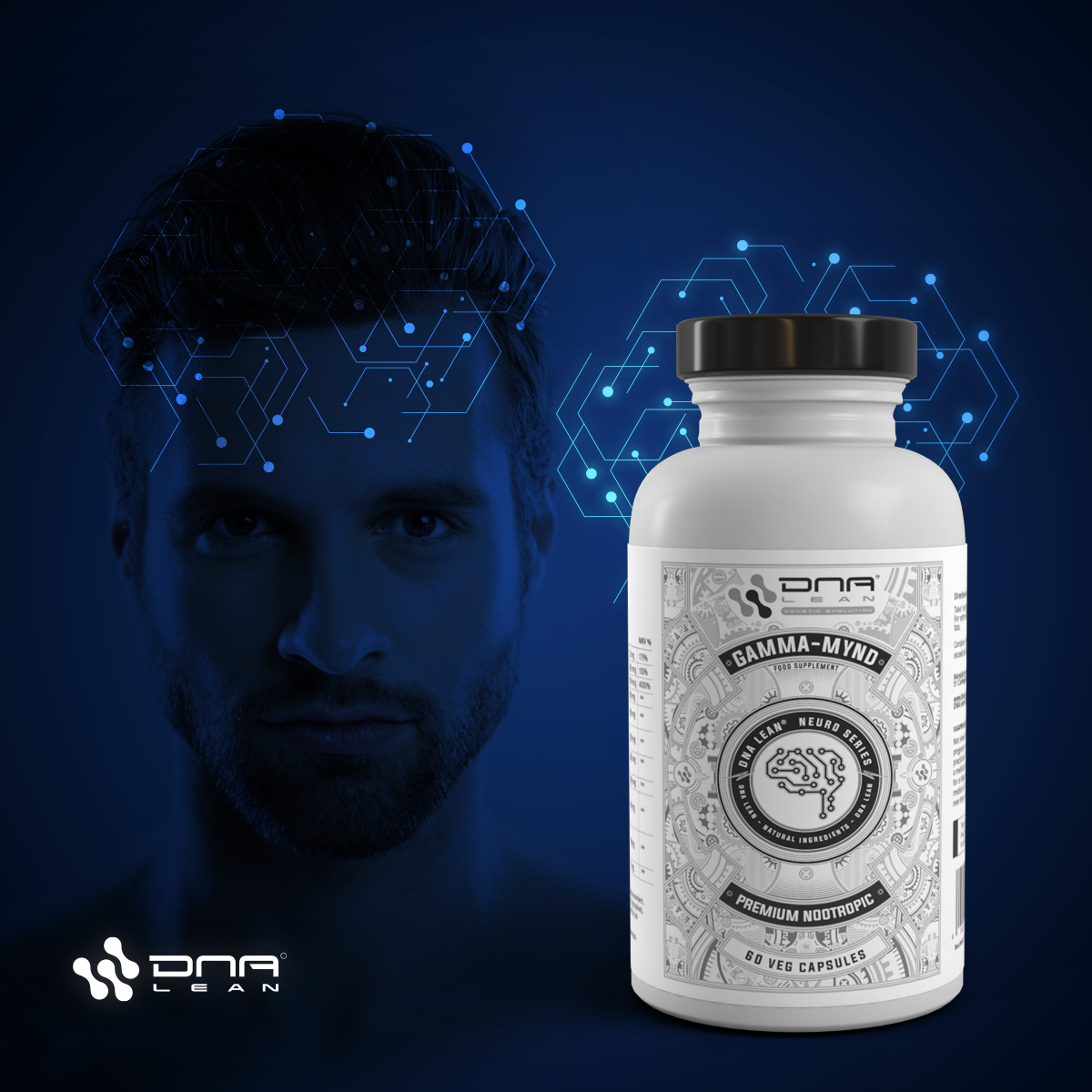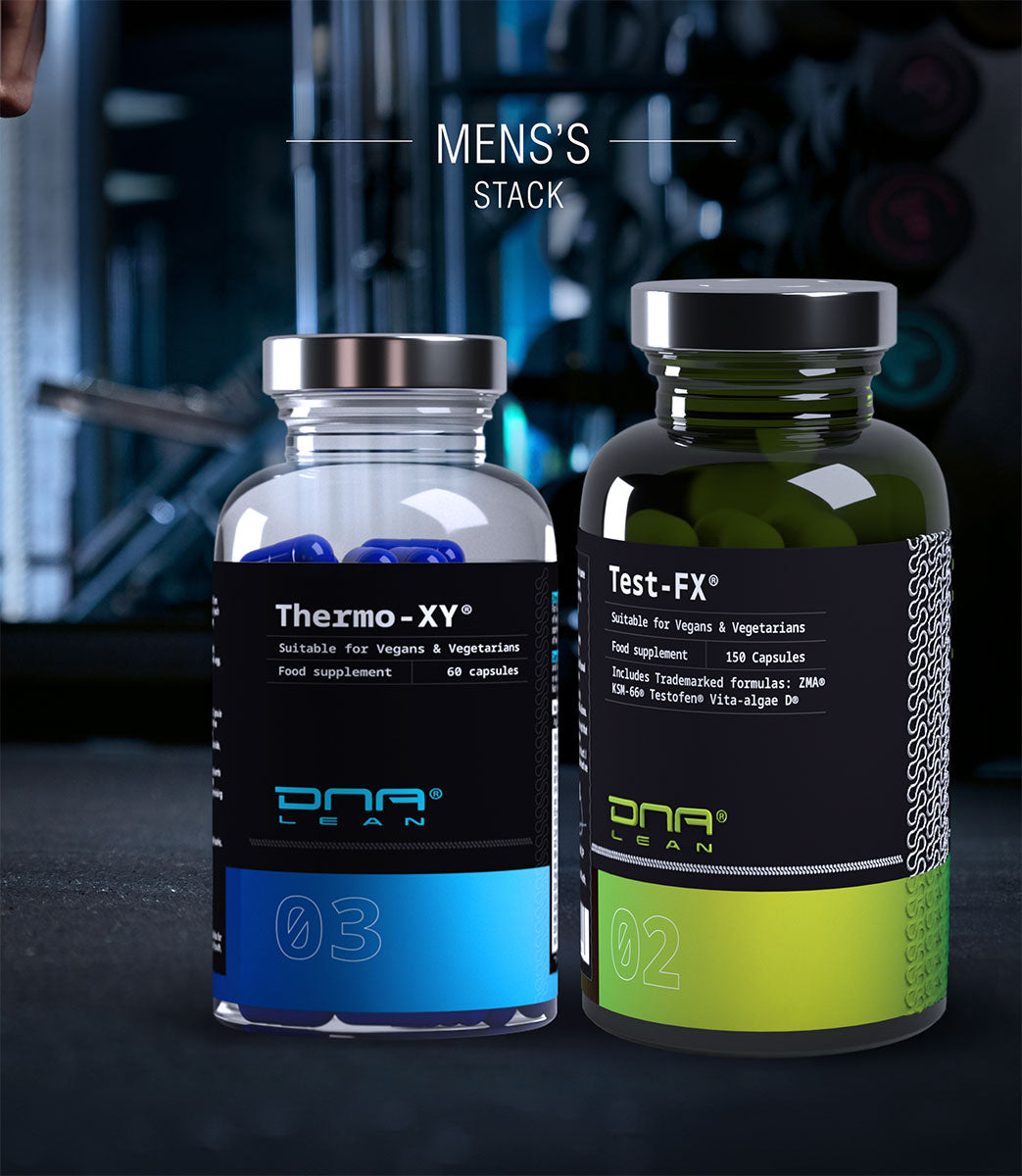From Beer and Snake Oil to Science: The Evolution of Supplements and Recovery Techniques in Premier League Football

The landscape of sports nutrition and recovery has undergone a dramatic transformation since the 1970s, with Premier League footballers at the forefront of this evolution. Once relying on rudimentary methods and questionable remedies, today's athletes benefit from scientifically backed supplements and advanced recovery techniques. This journey from tradition to innovation highlights the remarkable progress in understanding athlete health and performance.
The 1970s: Tradition and Rudimentary Practices
In the 1970s, Premier League footballers often relied on basic dietary supplements and traditional recovery methods. Multivitamins and vitamin C were staples, and cod liver oil was commonly used for its supposed benefits on joint health (Lawrence & Stewart, 1980). Recovery practices were simple yet effective for the time: ice baths and massage therapy were standard procedures to soothe tired muscles and reduce inflammation. Teams like Liverpool, under the management of Bill Shankly and later Bob Paisley, used these traditional methods extensively, contributing to their domestic and European successes.
However, not all methods were scientifically sound. Anecdotal evidence suggests that some athletes turned to so-called "snake oil" liniments—dubious remedies marketed with exaggerated claims of pain relief and healing without any scientific backing. These liniments became a metaphor for the numerous unproven treatments athletes would try, hoping for a quick fix (Peterson, 1980).
The 1980s: The Rise of Protein Powders and Herbal Remedies
As the 1980s progressed, there was a gradual shift towards recognising the importance of diet in athletic performance. Protein powders began to gain popularity, helping athletes support muscle repair and growth. Multivitamins remained a staple, but new additions like herbal teas started appearing, influenced by a growing interest in natural health remedies (Lawrence & Stewart, 1980).
Recovery methods still relied heavily on traditional practices like ice baths and massage, but players also began experimenting with alternative treatments. Herbal teas, for example, were used for their perceived benefits in reducing inflammation and promoting relaxation. Despite the continued presence of unproven remedies, there was a clear movement towards more structured nutritional support.
The 1990s: The Creatine Revolution and Magnetic Therapy
The 1990s marked a significant turning point with the introduction of scientifically validated supplements like creatine and branched-chain amino acids (BCAAs). Creatine, in particular, became a game-changer, widely adopted for its ability to enhance strength, increase lean muscle mass, and aid recovery (Clarkson, 1996). Electrolyte solutions and caffeine were also used to improve hydration and boost energy levels.
Notably, Glenn Hoddle, the England national team manager in the late 1990s, advocated for the use of creatine among his players to improve performance and recovery (Independent.ie, 1999). Manchester United’s legendary 1999 treble-winning team also embraced creatine supplementation to enhance their performance during a grueling season (The Guardian, 2001).
During this decade, Premier League footballers began exploring alternative treatments like acupuncture and cupping therapy. Magnetic therapy bands, although lacking scientific validation, gained popularity among athletes for their claimed benefits in improving circulation and reducing pain (Smith, 1998). These treatments reflected a growing interest in holistic approaches to health and recovery.
The 2000s: From Whey Protein to Cryotherapy
The 2000s saw an explosion of new supplements and recovery techniques grounded in scientific research. Whey protein, omega-3 fish oils, glucosamine, and chondroitin became essential for muscle repair, joint health, and overall recovery (Burke & Deakin, 2000). Antioxidants like vitamin E and selenium were also used to combat oxidative stress from intense physical activity.
Recovery methods advanced significantly with the adoption of cryotherapy, hyperbaric oxygen therapy, and infrared saunas. These techniques provided more effective ways to reduce inflammation, enhance muscle repair, and accelerate recovery times. Chelsea FC, under the management of José Mourinho, utilised cryotherapy and hyperbaric oxygen therapy during their title-winning campaigns in 2005 and 2006 (The Telegraph, 2005).
Despite their effectiveness, some athletes continued to explore alternative treatments, such as deer antler spray, which claimed to improve muscle recovery and strength (Lansdown, 2001).
The 2010s: A Holistic Approach to Nutrition and Recovery
By the 2010s, the approach to sports nutrition and recovery had become even more sophisticated and holistic. Plant-based protein powders, probiotics, beetroot juice, and CBD oil emerged as popular supplements, reflecting a trend towards natural and health-focused products. These supplements were chosen not only for their physical benefits but also for their overall impact on health and well-being (Kreider & Campbell, 2010; McKeown, 2019).
Recovery techniques continued to evolve with the widespread use of cryotherapy chambers, platelet-rich plasma (PRP) therapy, and kinesiology tape. These methods, grounded in scientific research, provided targeted and effective solutions for muscle repair and injury prevention. Athletes also embraced alternative practices like earthing, which involved walking barefoot to connect with the Earth's electrons, promoting relaxation and recovery. Tottenham Hotspur players were noted for using PRP therapy to speed up recovery from injuries (Evening Standard, 2019).
The 2020s: Cutting-Edge Science and Personalised Nutrition
In the 2020s, Premier League footballers benefit from highly specialised supplements and advanced recovery methods. Collagen peptides, adaptogens like ashwagandha and rhodiola, exogenous ketones, and mushroom extracts such as cordyceps and lion's mane are now integral parts of an athlete's regimen. These supplements are selected based on their specific benefits for muscle repair, stress reduction, and cognitive enhancement (Rathbone & Todd, 2020; McHugh, 2021).
Modern recovery techniques include red light therapy, float tanks, and NAD+ IV therapy, all designed to promote cellular repair, reduce inflammation, and enhance overall recovery. Blue light blocking glasses have also become a common tool to improve sleep quality and aid recovery. These cutting-edge methods reflect a deep understanding of the physiological and psychological needs of elite athletes. Arsenal FC, known for their innovative approach to sports science, have incorporated many of these modern recovery techniques to enhance player performance and longevity (Arsenal.com, 2021).
A Journey from Tradition to Innovation
The evolution of supplements and recovery techniques in Premier League football is a testament to the advancements in sports science and nutrition. From the basic practices of the 1970s to the sophisticated strategies of today, footballers have continually adapted to new knowledge and technologies to optimise their performance and health. As science continues to evolve, so too will the methods athletes use to stay at the top of their game.
Sources:
- Lawrence, M., & Stewart, A. (1980). Diet and Athletic Performance.
- Clarkson, P. M. (1996). Nutritional Ergogenic Aids: Creatine and Other Supplements. Journal of the American College of Nutrition, 15(4), 380-381.
- Smith, M. J. (1998). Athlete's Guide to Sports Supplements. Journal of Athletic Training, 33(3), 280-283.
- Burke, L. M., & Deakin, V. (2000). Clinical Sports Nutrition. McGraw-Hill.
- Lansdown, A. B. (2001). Deer Antler Velvet: A Traditional Medicine, Recent Advances. Journal of Ethnopharmacology, 75(1), 1-9.
- Kreider, R. B., & Campbell, B. (2010). Protein for Exercise and Recovery. International Journal of Sport Nutrition and Exercise Metabolism, 20(5), 505-532.
- McKeown, K. (2019). Beetroot Juice: A Sport and Exercise Science Review. Nutrition Bulletin, 44(2), 120-127.
- Rathbone, A. J., & Todd, O. M. (2020). Adaptogens and Their Role in Sport Performance. Journal of Dietary Supplements, 17(1), 67-85.
- McHugh, M. P. (2021). Collagen Supplementation for Musculoskeletal Injuries: A Systematic Review. Journal of Sports Science & Medicine, 20(4), 583-592.
- Peterson, P. M. (1980). Unproven and Unethical: Dubious Remedies in the History of Sports Medicine.
- Independent.ie. (1999). Hoddle backs creatine use for England team.
- The Guardian. (2001). Manchester United's use of creatine.
- The Telegraph. (2005). How Chelsea stay sharp.
- Evening Standard. (2019). Harry Kane's use of PRP therapy.
- Arsenal.com. (2021). Inside Arsenal: What our medical team do on matchday.















 USD
USD
 EUR
EUR